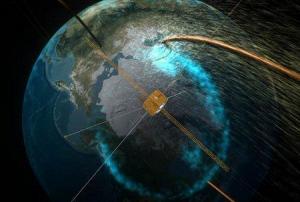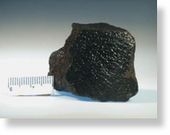The sabertooth cat (Smilodon fatalis), one of the most iconic extinct mammal species, was likely to be a social animal, living and hunting like lions today, according to new scientific research. The species is famous for its extremely long canine teeth, which reached up to seven inches in length and extended below the lower jaw.
Instead of relying on the bones and teeth of the sabertooths to make their findings, scientists from UCLA and the Zoological Society of London concluded that the sabertooth cat was social by using a novel technique: They compared numbers of present-day carnivores competing for kills in Africa with those of mainly extinct species found in a North American fossil deposit.

© Mauricio AntónA reconstructed scene in the Pleistocene of western North America, showing a group of sabertooth cats of the species Smilodon fatalis, with several adults and cubs.
The research is published in the current issue of the Royal Society's journal
Biology Letters (Oct. 28). Co-authors also included scientists from South Africa's Tshwane University of Technology and University of Pretoria.


